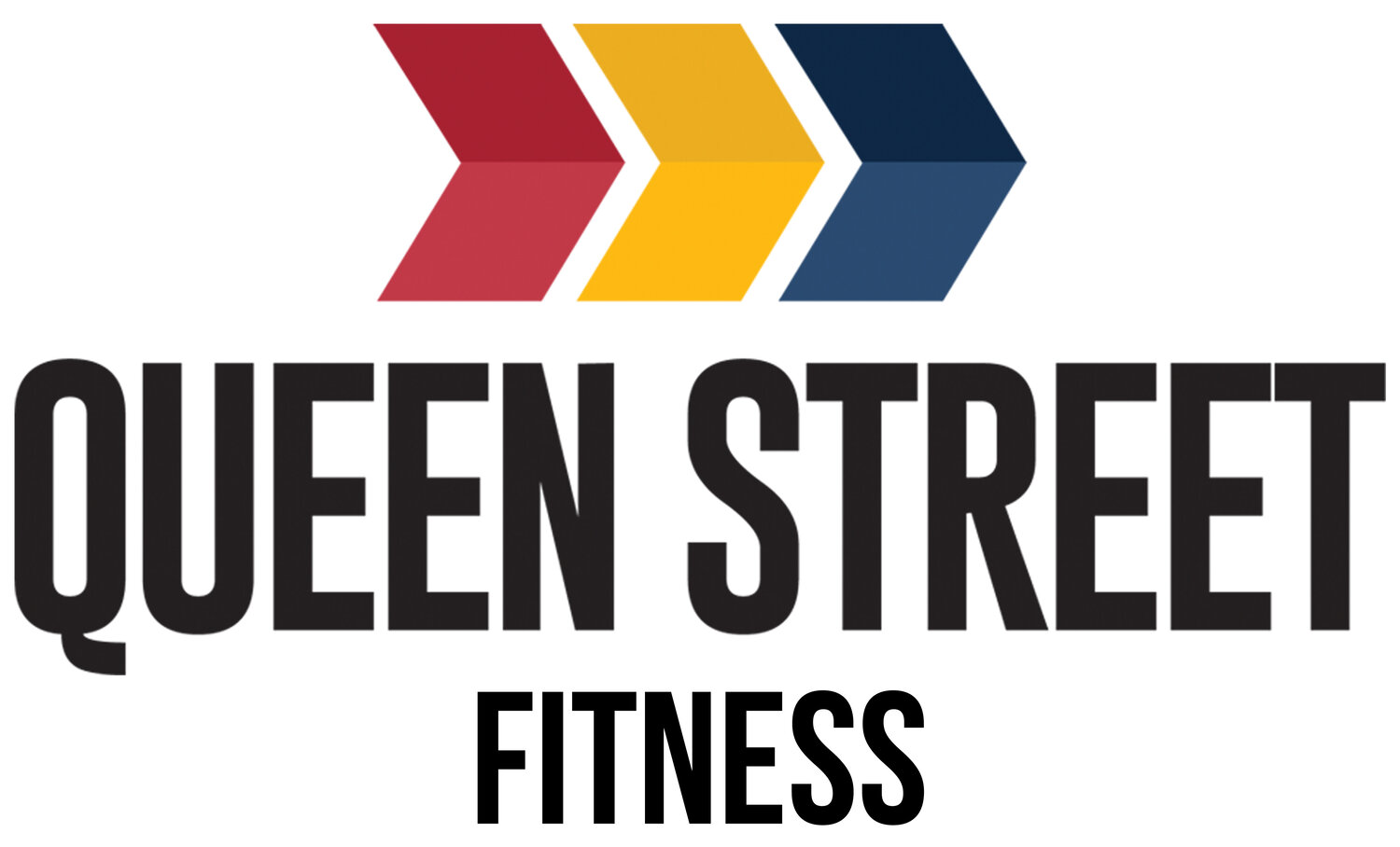What are ROM (Range of Motion) standards?
The range of motion standards define a repetition of a movement. It is pass/fail, black/white, you either hit it or you do not. For example, the ROM for a wall ball shot begins with a full squat to start the movement, hip crease below parallel. At the top, the ball must hit the target at the prescribed height. You may not bounce the ball off the ground and catch in a squat for the next rep.
Why should I care about ROM?
Hitting consistent and universal ROM defines movement, gives a standard, and develops strength through the full range. CrossFit selects range of motion standards to ensure that strength is developed through the entire movement. We do not just want to be strong in a limited range, we want to have strength through the full range.
Hitting ROM further allows for consistency in performance. If you perform a movement to a set standard every time, it gives you comparable data, which helps you track meaningful progress. It may seem arbitrary, but you have to define a movement somehow!
Last, ROM is important for competitors. If you are competing in CrossFit, ROM standards provide rules for movement execution within the sport.
What is efficiency?
Efficiency refers to the quality of your movement within that range of motion. Improving movement for efficiency means completing the repetition faster or moving more weight, safely. Staying consistent with your ROM is therefore important in assessing how efficient you are. You can complete more air squats in a minute if you are not squatting to full depth and not reaching full extension at the top, but that does not mean you are moving more efficiently, it means you are moving less.
Working on efficiency is ongoing process, and involves refining your technique within that full range of motion. Moving efficiently will eventually help you go faster or lift/do more, but sometimes in the short term this means going slower, going lighter, or doing less, so that you can focus on your technique.
To use the wall ball example, an efficient repetition of a wall ball shot does not just involve the hip crease passing below parallel and the ball hitting the target. Holding the ball, doing a front squat, pausing at the top, and then throwing the ball to the target with your arms would meet the ROM standards, however, it is not the most efficient way to perform a wall ball shot. Efficiency in this movement involves explosive power out of the squat with each rep, and catching the ball so that it follows you back down, instead of crashing into your chest.
This ties into the difference between competition and training. When competing, your goal should be to hit the ROM as fast as you can with what you have in the moment. When training, you should be practicing moving more efficiently so that you can move faster in the future.
Working on movement efficiency is an essential element of the training process. In addition to the performance benefits of moving more efficiently, it creates longevity with training by continuously providing a different focus for your workouts. The best athletes do not just go fast and lift a lot, they move very well. Every time you are training, movement efficiency should be a part of your focus.
How do I apply this?
While in a workout, try asking yourself these questions:
1. Am I hitting the ROM for this movement?
2. If yes, how can I move within the ROM more efficiently?
If you are unsure what the ROM standards are for various movements - check out the movement standards page. And if you want tips on how to move more efficiently or with better technique, talk to a coach!

